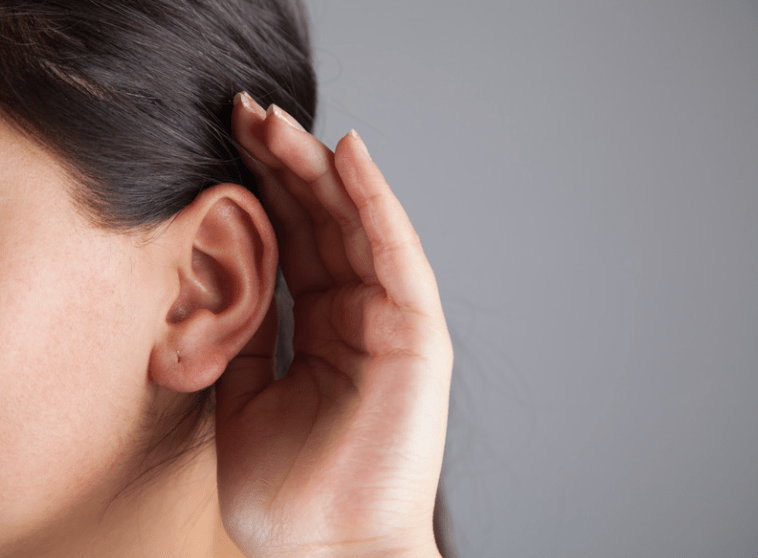Table Of Contents
Any time our military spends an extended duration at certain foreign locations, the chances of finding new and different environmental hazards increases. The reason for this is that over time, there is simply a larger sample size of veterans to study to see if patterns develop. Because of an increasing amount of Vietnam veterans that were being diagnosed with Type II Diabetes, studies were conducted that showed a correlation with the dioxins used in such herbicides as Agent Orange. As the US has had a military presence in Southeast Asia for the better part of two decades, new research is linking certain undiagnosed illnesses such at fibromyalgia and chronic fatigue syndrome to service in that geographic region. Dust at Camp Victory, Iraq, might be part of the problem.
Soldiers Experience Respiratory Problems Such as Shortness of Breath, Coughing, Wheezing and Chest Tightness
As troops continue to be stationed there, while others have been brought home, additional conditions are starting to be diagnosed with increasing regularity. A recent study is linking titanium and other metals from dust at Camp Victory — a base in Iraq — to dust found in six ill soldiers’ lungs. The titanium found in all six lungs matched dust from Camp Victory in Iraq. Anthony Szema, an assistant professor at Stony Brook School of Medicine, has said that this dust is different than the normal dust that the human lungs are able to naturally expunge. The dust particles are 1/30th the size of a human hair. The problem, though, is that the Iraq dust is attached to iron and copper, forming polarized crystals in the lungs that have very sharp edges.
There is no clear theory yet on what has created the dust. There has been much publicity on the burn pits that the military used to burn any and basically all things that were considered garbage. At Balad Air Base in Iraq, 240 tons of trash were burned a day in an open pit a mile from where soldiers slept. The dust could be from missiles and bombs in 1991 that would have melded dust to metal. It is also possible that this type of dust is naturally found in that part of the world.
An Armed Forces Health Surveillance Center report from 2012 showed a 150 per 1,000 rate of clinic visits for respiratory diseases before the wars in Iraq and Afghanistan, and a rate of 173 per 1,000 during the war years. Szema’s research has shown that 14% of those who deployed to Iraq and Afghanistan had new-onset respiratory problems such as shortness of breath, coughing, wheezing and chest tightness. A USA TODAY analysis of reports dating from 2001 to 2013, as well as Defense Manpower Data, shows that the number of people reporting respiratory and chest symptoms increased from a rate of 406 per 10,000 in 2001 to 147 in 2013, with a high of 218 in 2009.
Do these Respiratory Problems Qualify for VA Disability Compensation?
Regardless of why the dust is there, if enough veterans are being diagnosed with conditions that can be linked to the dust, then it increases the chances of these conditions being service connected, even though they are diagnosed years later. If you or someone you know served in Southeast Asia and you or they have developed a respiratory condition, contact an experienced advocate at Veterans Help Group to see if you have a viable claim.

Qualifying for VA Disability Benefits for Anxiety
Qualifying for VA Disability Benefits for Anxiety Generalized anxiety disorder and other anxiety...

Increasing Your VA Disability Rating from 90% to 100%
Increasing Your VA Disability Rating from 90% to 100% A 90% disability rating sounds good. In...

Community Care Changes: What Veterans Need to Know in 2025
Community Care Changes: What Veterans Need to Know in 2025 Written by Schuyler Swanton, Associate...





